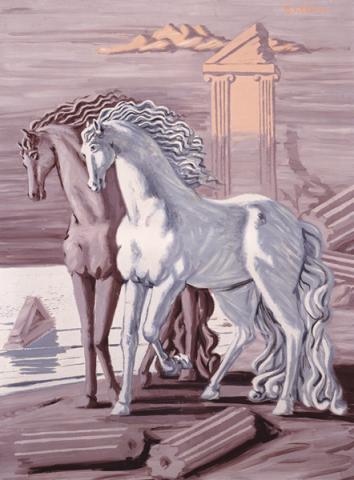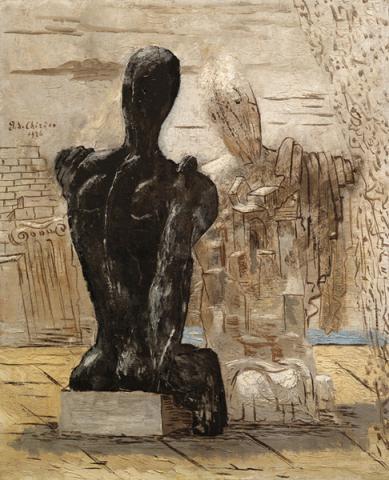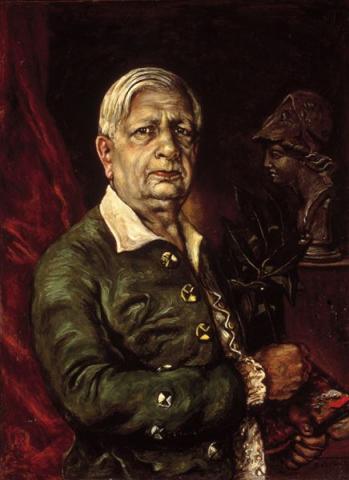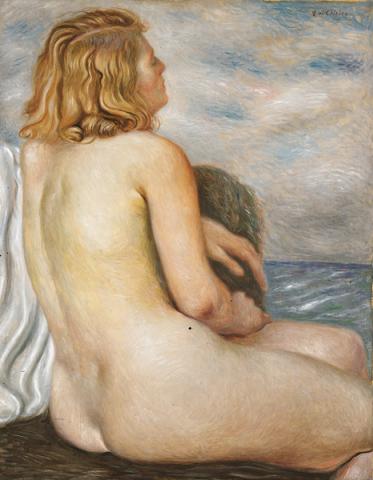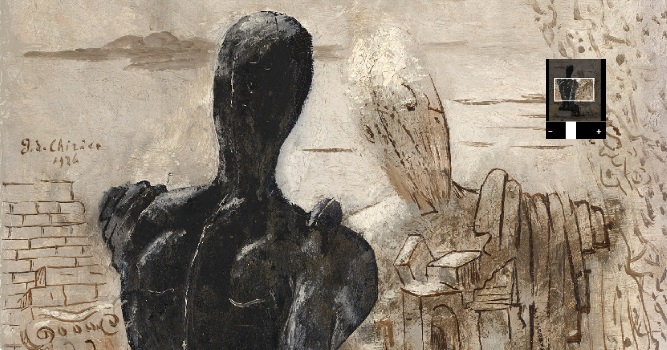A project for a secular chapel: some reflections by Alberta Campitelli
A project for a secular chapel: some reflections
Carlo Bilotti’s idea of creating a chapel for secular meditation, a “temple” for contemporary works of art, dates back several decades, and the project, envisaged in the environs of Cosenza, was entrusted to Andy Warhol, but was interupted by the artist’s premature death. Only a model of it remains, planned in 1983 with the architect Harman and today on display in Warhol Museum in Pittsburgh. The sources of inspiration are famous: the Rothko Chapel in Houston and Henry Matisse’s Chapel of Rosario at Saint Paul de Vence, two places justly celebrated as points of encounter between an entirely contemporary reflection on the great religious and existentialist themes and places which are, even them, creations from nothing, introductinos to an innovative architectonic and cultural model. Starting the project of a museum of works donated to the city of Rome, which took concrete form in the opening to the public, of the Villa Borghese Orangery, the space which is hosting this exhibition, led Carlo Bilotti to visit the civic spaces and institutions more frequently, deepening his knowledge of the city and of its vast and often neglected heritage. As a result, he formed the desire to find a place where the chapel could be created; but Roma is not Saint Paul de Vence nor Houston: it is not possible to construct new buildings in its central area, where the ever present history obstructs and imposes a constant and necessary control. But it is also a presence which can and should constitute and additional value, and enrich what contemporary culture has to offer, if a connection can be established between them, a conversation between present and past. It is possible to accept and understand history and to draw from it inspiration and ideas to create new interpretations and new stimuli, to create in the spectator a double effect and force them to confront two moments of reality which are equally important, but located in different parts of time and space. An entirely new creation, which allows the decoration to be planned in the context of the architecture, offers the advantages of coherence, harmony and unity of style: the interior and exterior are closely connected in a narrow dialogue, they speak the same language and they communicate by the same means. By contrast, the use of an historic building for an entirely new function, involving the introduction of different, indeed contrasting, language, can create a very interesting challenge, and certainly is in the line of the traditions of Rome, a city with strong historical connotations, which has nevertheless always been open to impact from contemporary genres and themes. It is clearly a difficult and complex challenge, which requires great sensitivity, knowledge of history and the ability to overcome and encompass it, but it can give very impressive results. It was in this spirit that Carlo Bilotti proposed to create his project in the Chapel of Divine Love in the Ada Sovoia Villa, which had been deconsecrated and long since abandoned. It was an extremely appealing and intriguing suggestion, as was proved by the resonance it found in the media, where a debate immediately started in many and interminable surveys which saw the chapel as a new and entirely unexpected point of pilgrimage. The chapel, which is reasonably small, is located on the edge of the great park of the Villa Ada Savoia, with entrances from both the park and the Via Salaria. It has a neoclassical appearance, which overlies an older plan. It has a unique nave on a seventeenth century plan, with floors in marble inlay, an altar with multicoloured stucco work and an eighteenth century crucifix. Recently it has been in poor condition, with its roof partly collapsed and its restoration is most urgent. To transform it into a place of meditation and encounter, adding to the seven/eighteenth century structure extremely innovative and probably non religious decoration, could have great impact, creating a moment of fusion and harmony between the past and the present, and thus interpreting the essence of the city which has a deep and unique capacity to reinvent itself and bring the past into the present. The presentation of the three acclaimed contemporary artists’ works, all intriguing, provocative and incredibly original, opened a debate on the possibility of creating this secular temple in our city, making real, thanks to the collaboration between the Municipality of Rome and Carlo Bilotti, a new place of interest, another attraction in the vast array of cultural assets in the city.
Alberta Campitelli
Responsabile Servizio Ville e Parchi Storici


























